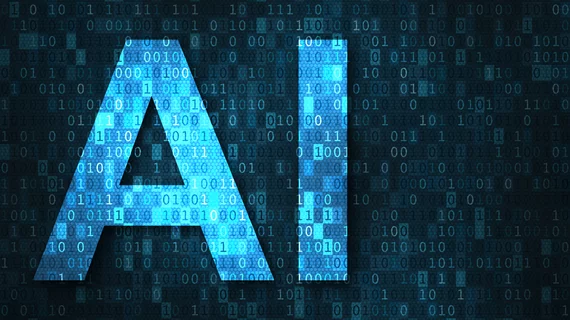Is AI discouraging trainees from pursuing radiology?
Though AI continues to make great strides within radiology, some radiologists are still unprepared to educate medical students regarding its usage. This in turn may hinder medical students and trainees from pursuing radiology, according to a new editorial published in Academic Radiology.
“Radiology should be the medical specialty most primed to incorporate artificial intelligence into our workflow; however, it seems that many of us are not even sure exactly what that means,” wrote author Allison Grayev, MD, of the University of Wisconsin School of Medicine and Public Health in Madison, Wisconsin. “This disconnection can lead us to have a negative view of the future of technology-enhanced radiology, which can then discourage medical students from entering the field.”
The problem
For some radiologists, the inability to explain AI and its connection to radiology is because of previous experiences with technological advances—namely, computer-aided diagnosis. However, Grayev noted these types of technologies should be viewed as complimentary and not replacements.
Another challenge is that medical students continue to receive AI-related information from the press that sensationalizes AI’s impact on the potential demise of radiology. And when an attending is unable to explain the nuances of radiology, medical students may veer toward the media’s doomsday predictions and ultimately choose not to pursue a career in radiology.
Grayev wrote about a recent survey which found three-quarters of academic radiologists thought AI would “drastically change” their jobs over the next few decades. Surprisingly, only half of those surveyed were familiar with big data analytics. Furthermore, 11 percent were unfamiliar with the terms “artificial intelligence” and “machine learning.”
The solution
Professional associations are providing resources for radiologists to better understand AI and radiology, Grayev wrote. For example, the American College of Radiology’s Data Science Institute was founded in an effort to develop AI that is useful to radiologists and has the potential to improve patient care. There is also an open call for volunteers, which could allow for practicing radiologists to better understand AI.
The Canadian Association of Radiologists has released a white paper on AI in Radiology that highlights the need for radiologists to develop familiarity with the terminology and concepts in AI.
“It is certainly our responsibility to educate ourselves—not only so that we can utilize these advanced techniques to our advantage, but also so that we may educate medical students about the exciting potential for applications in the future," Grayev wrote.

